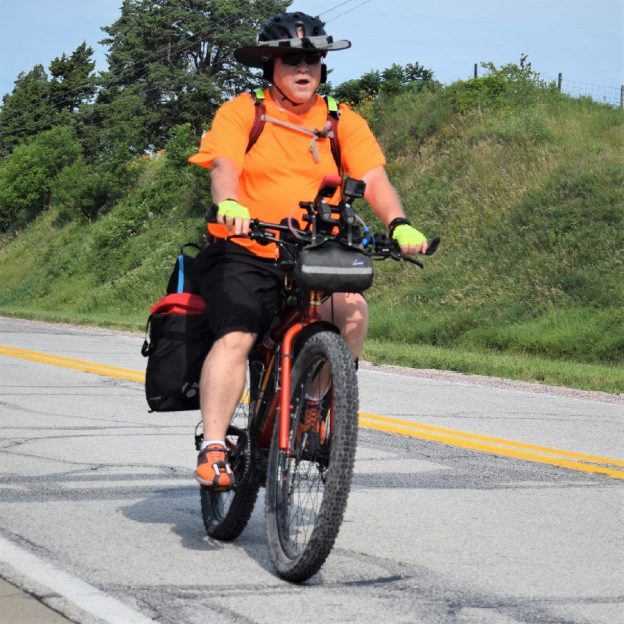Tag: e-bike range
-

What’s an e-bike battery’s range and its life cycled?
Estimating the distance your e-bike can travel per charge is called range. This is an important specification to pay attention to when comparing a specific e-bike battery with your desired riding style. For example, if your commute involves steep climbs, you don’t want to run the battery low halfway up the hill. Without power (volts),…
-

Maximizing the range your electric bike can travel per charge
The distance an electric bike will go on a battery charge is called range. This is an important specification to pay attention to when comparing e-bikes with your desired riding style. For example, if your commute involves steep climbs, you don’t want to run the battery low halfway up the hill. Without power, an e-bike…
